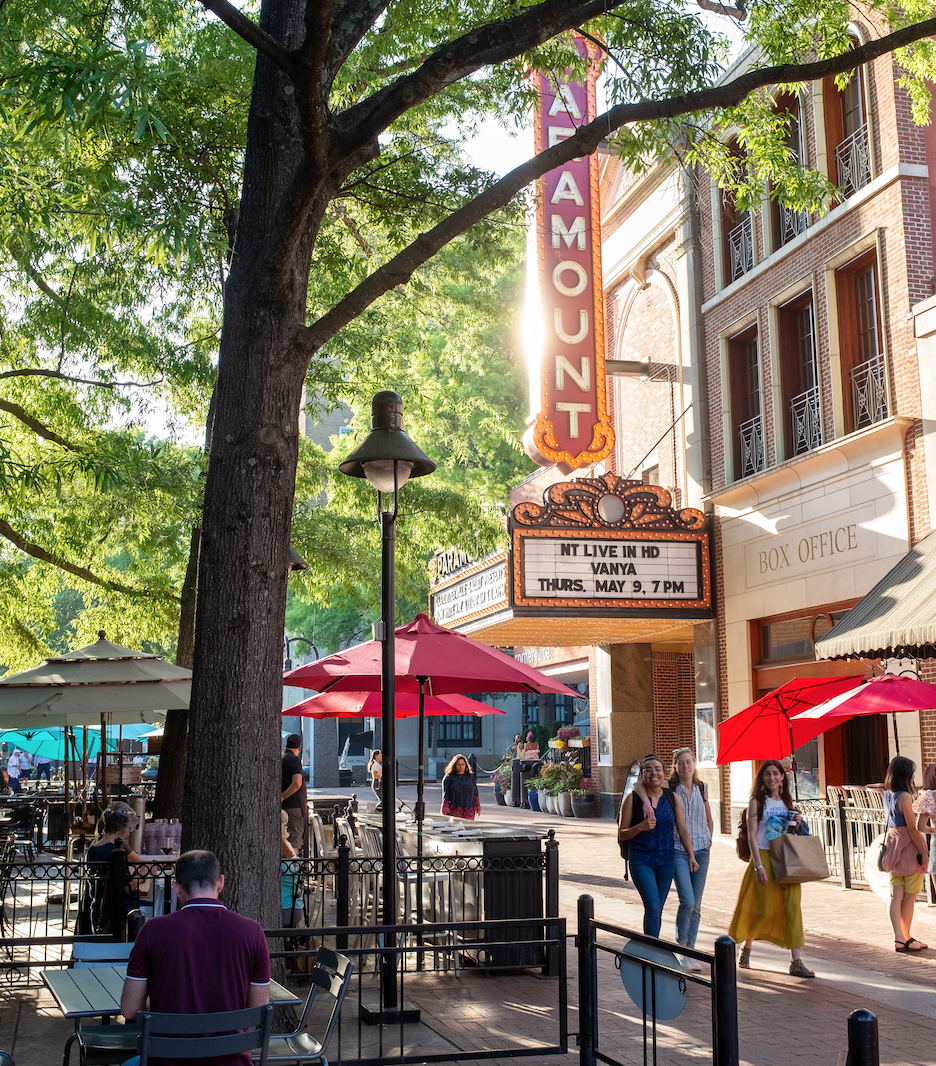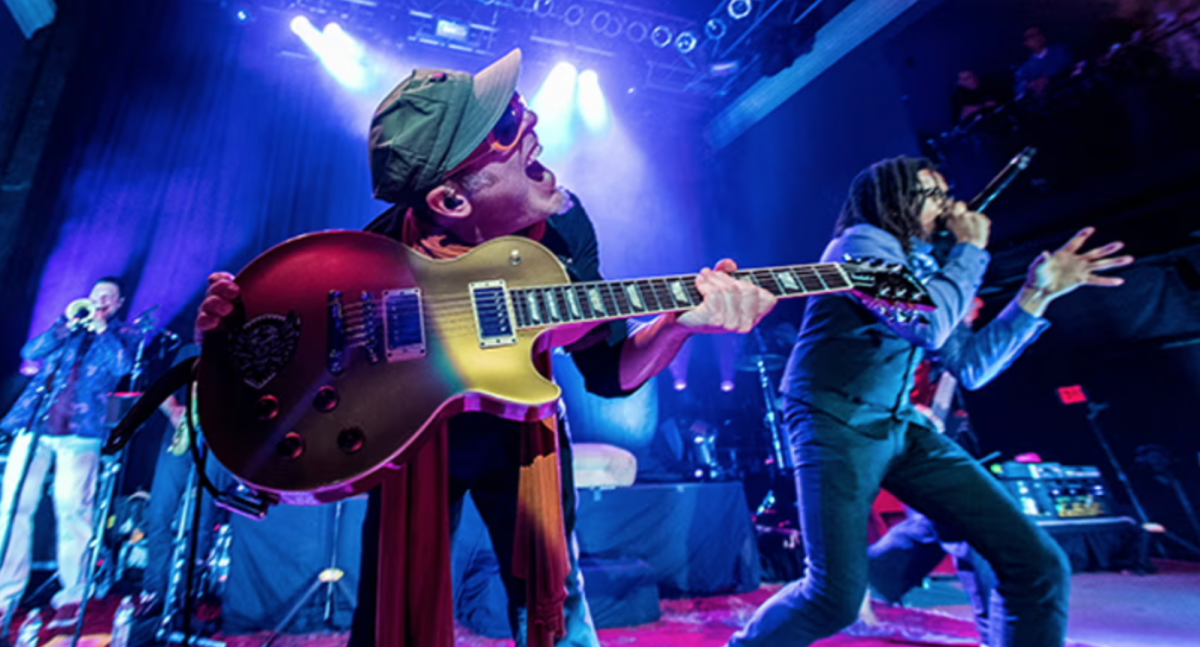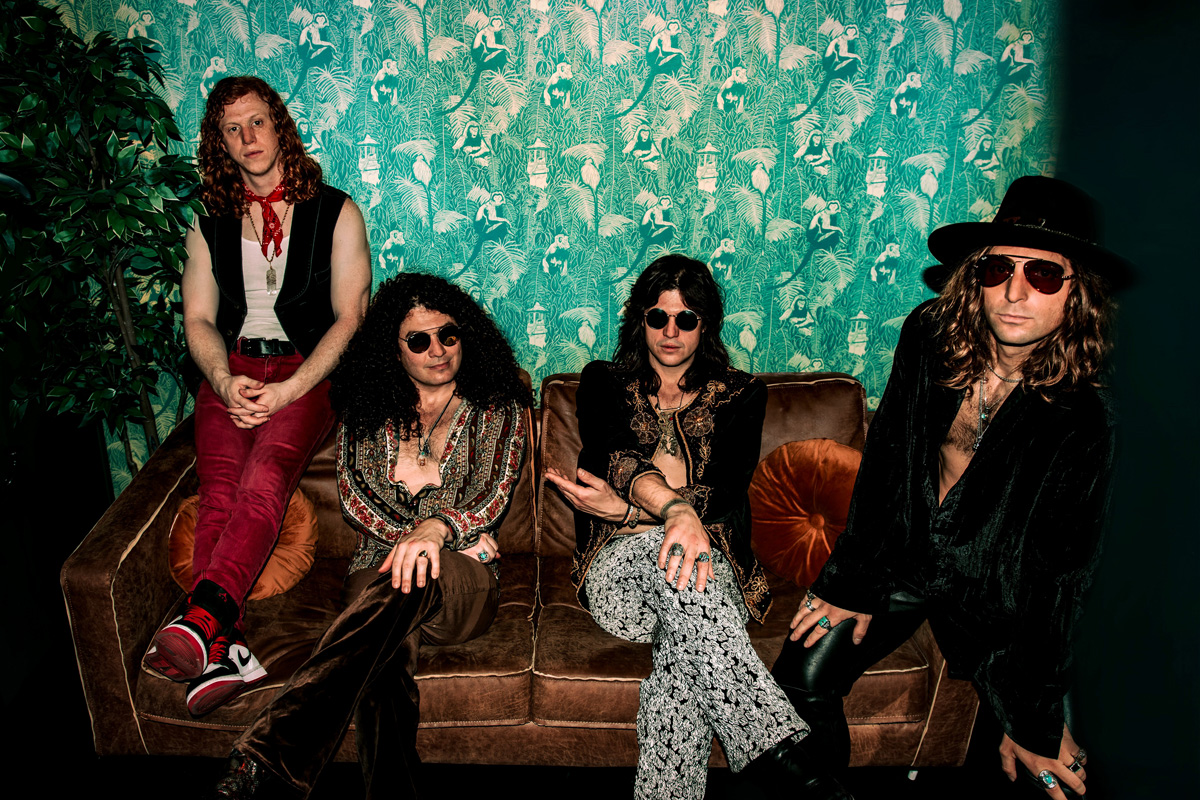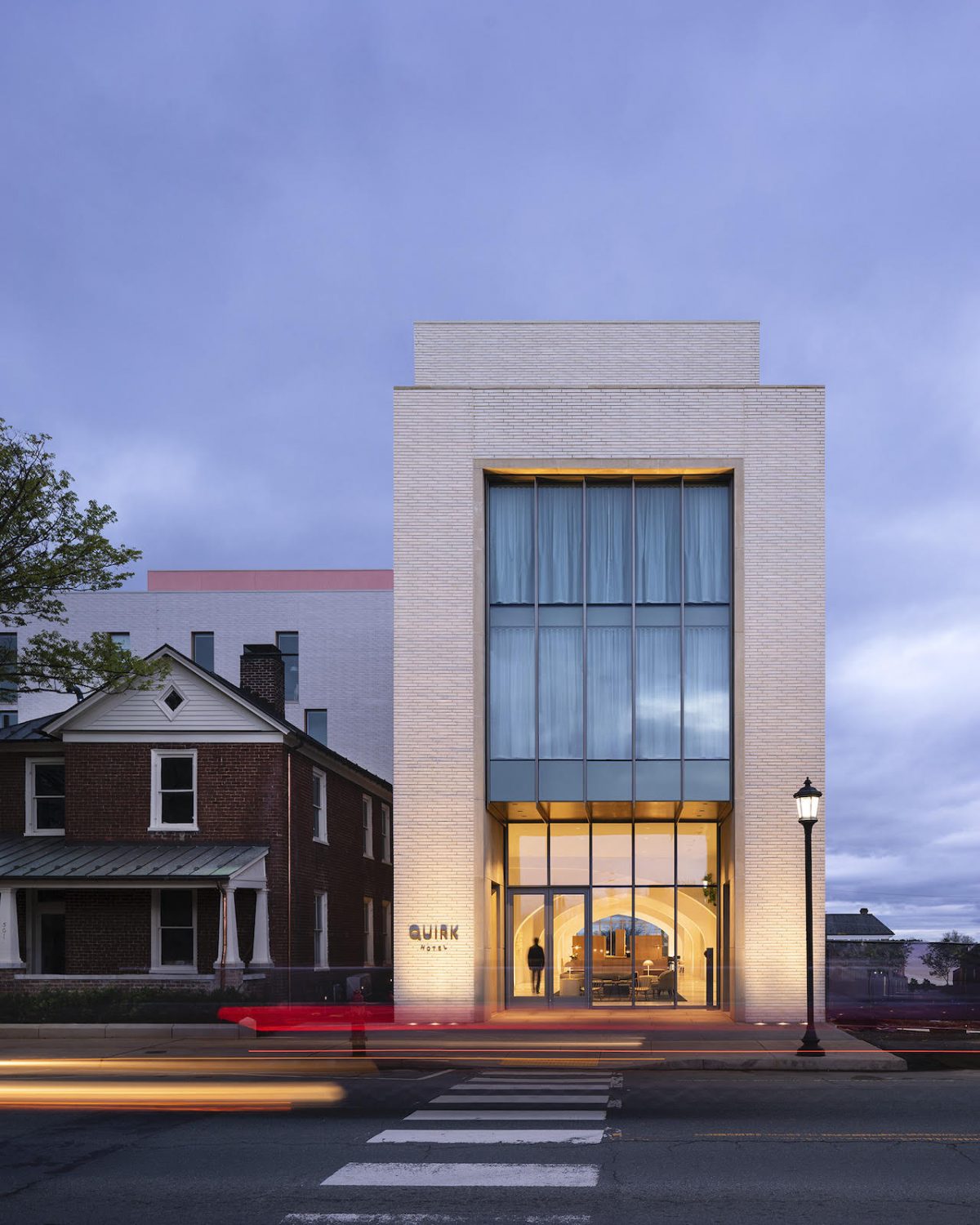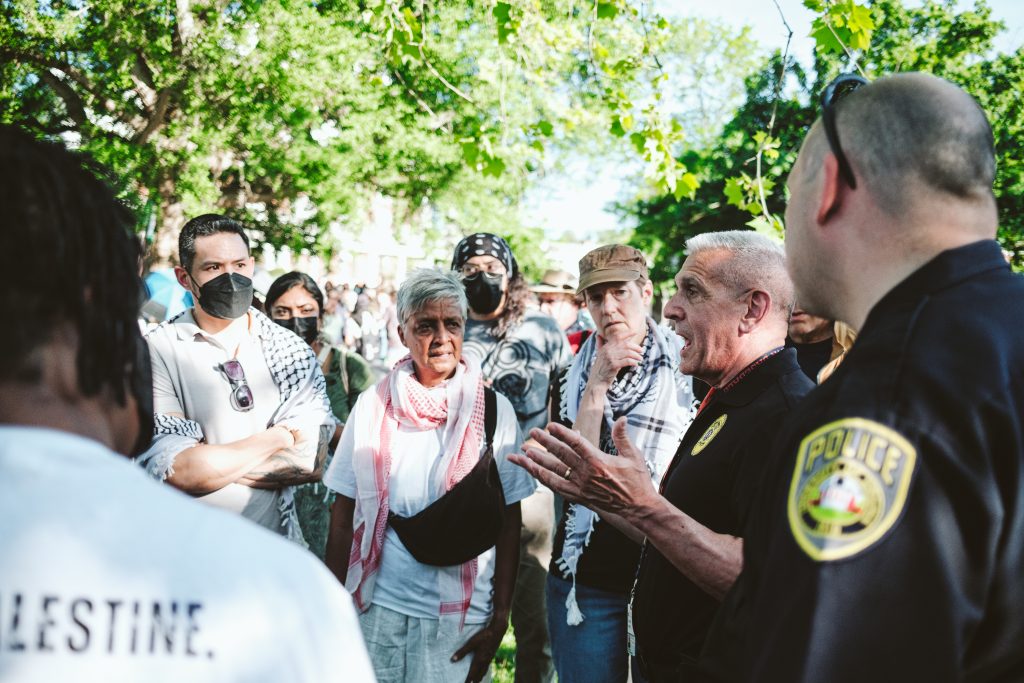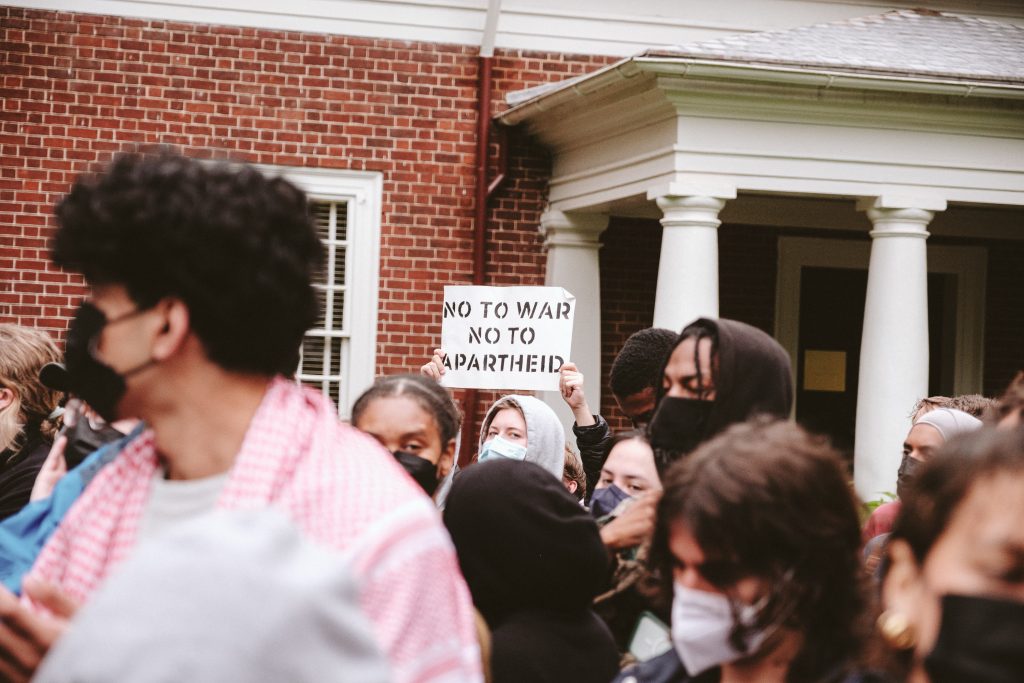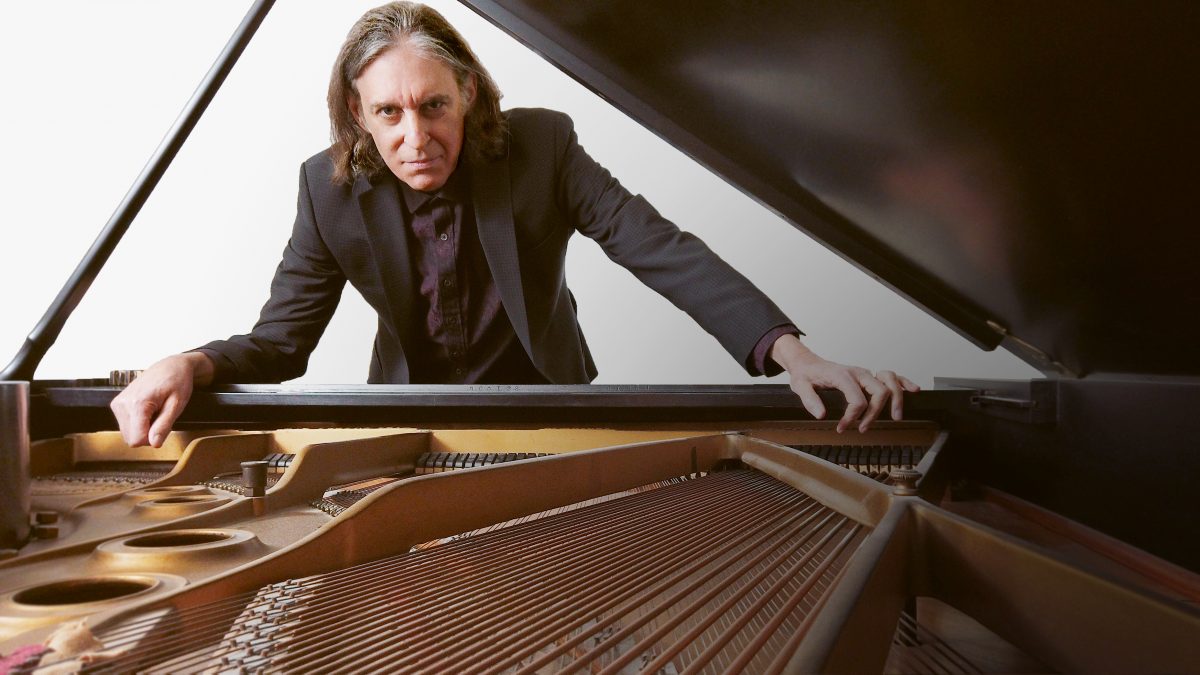The Downtown Mall is a central feature of life in Charlottesville—a place where residents, locals, and students alike head for shopping, meals, drinks, and entertainment. But there’s more: At eight blocks, it’s one of the longest pedestrian malls in the country. Of about 200 pedestrian malls built in the 20th century, ours is one of only 30 that survive. It’s listed on the National Register of Historic Places. It’s also (word has it) the most popular tourist spot in the area, after Monticello.
And the Mall is a huge income generator for Charlottesville. According to Chris Engel, director of the city’s Office of Economic Development, an analysis from 2013 showed 17 percent of the city’s tax revenue from business license, meals, and sales taxes was derived from the Mall, which is only 3 percent of the city’s commercial area. “It’s reasonable to assume the percentage is similar in 2024,” he says.
But these are just data points. As the Mall approaches its 50th anniversary, I set out to explore its story.
Growing, growing, gone
There are still plenty of residents who remember the pre-Mall, small-town Charlottesville that in the 1950s saw people—and their dollars—heading to the suburbs. The new Barracks Road Shopping Center and others like it siphoned off the city’s shoppers and a large chunk of its tax revenues.
By 1959, the downtown business community knew drastic change was needed, and over the next decade various groups developed revitalization proposals which were hotly debated and repeatedly rejected. It’s a measure of how dire the situation must have been that in 1974, the Charlottesville City Council took a make-or-break decision: It approved a $4.1 million proposal to radically redesign the town’s heart. (The vote was a less-than-rousing 2-0; three of the councilors abstained due to opponents’ cries of potential conflict of interest.)
The proposed design was the work of internationally known landscape architect Lawrence Halprin, the designer of Ghirardelli Square in San Francisco, the groundbreaking pedestrian/transit Nicollet Mall in Minneapolis, and many other landmarks. Halprin’s human-scaled designs featured a free pedestrian flow combined with spaces for gathering, carefully placed trees to both shape and shade the walkway, and the use of water features and participatory fountains. It’s a tribute to the city’s business community and planners that a small college town took this ambitious step.
On July 3, 1976, the Downtown Mall was opened with the placement of a commemorative brick in front of the Central Place fountain. But that didn’t mean instant prosperity—the downtown area couldn’t be insulated from changes in consumer habits or national economic trends. By the 1990s, department stores Miller & Rhoads, Roses, and Leggett had moved, and Woolworth’s had gone out of business. Gradually, the Mall morphed from a business district (banks, law offices, stores) into an entertainment/cultural space.
The Mall evolves

In 1980, the first sidewalk café, The Muse, opened. The following year, Miller’s became the Mall’s first music venue and the city installed six steel sculptures by University of Virginia professor James Hagan. In 1988, the first Fridays After Five concert was staged; and six years later, the expansion of the Mall’s eastern end created a permanent stage for that event and others. The 1996 opening of Regal Cinemas (now Violet Crown) and the Charlottesville Ice Park (replaced by the C.O.D.E. Building) developed the Mall’s western end and drew more evening and weekend visitors.
It’s hard now to imagine that in the Mall’s early years, the Paramount Theater sat shuttered in its very center. The theater, a downtown feature since it opened in 1931, shut down in 1974. Julie Montross, the Paramount’s executive director, credits a 12-year effort by committed members of the community, working with the city government, to restore and reopen the old theater in 2004 as a nonprofit community cultural space. “It’s a huge benefit for our mission to be in the heart of things,” says Montross. (Andy Pillifant, the Paramount’s director of communications, maintains that the Paramount’s blade sign, finally restored in 2015, is the third most photographed object in Charlottesville after Monticello and the Rotunda. Hard to prove, but believable.)
Another Mall success factor: By the 1990s, Halprin’s trees had matured. Mall observers credit that overhead canopy with creating a real sense of place—as well as shade that made people want to linger.
Speed bumps
This is not to say there weren’t ups and downs along the way. Convenience and habit kept most UVA students on the Corner, and until West Main was revitalized, there was no real connection between Grounds and the downtown area. Linnea Revak (a UVA grad, class of 2010) who now owns Darling + Dashing on the Mall, says, “When I was an undergrad, students never walked up Main Street.”
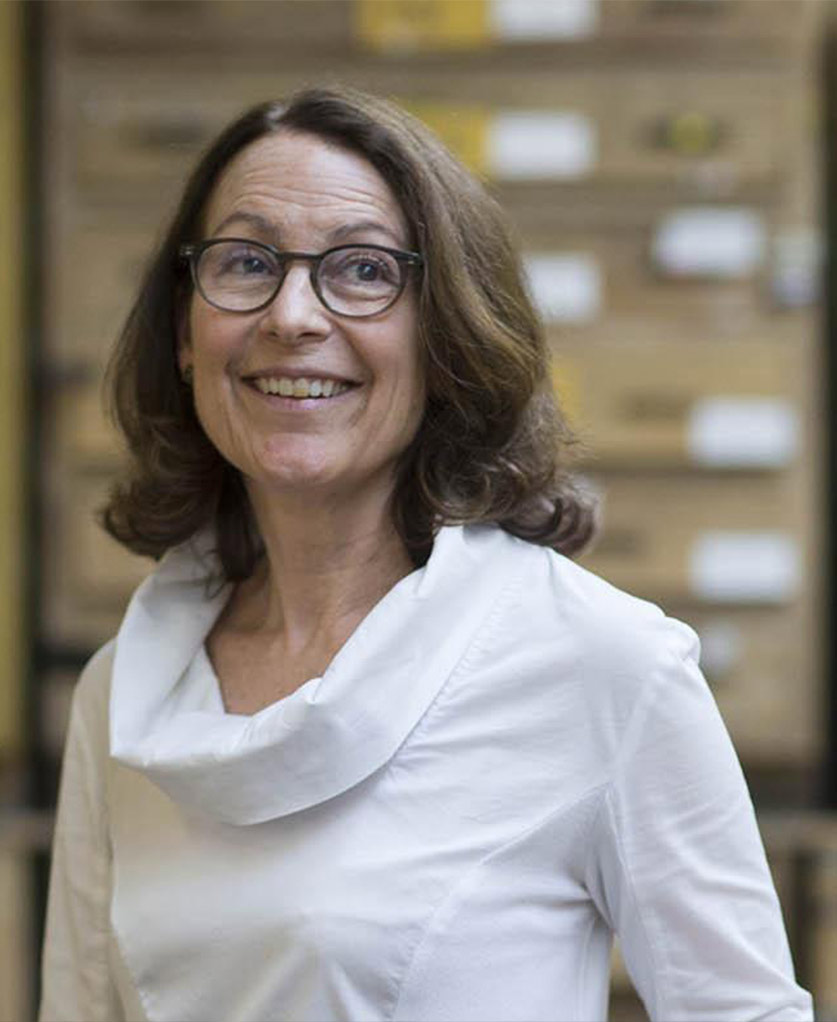
By 2008, 30-plus years of wear and tear on the area’s lighting, water features, and pavement was showing. The Council’s consideration of a $7.5 million renovation project led to heated debates about time, cost, and the nature of the Mall itself. Beth Meyer, a professor in UVA’s School of Architecture, was one of those who got drawn into the debate.
“Halprin’s design was so brilliant, minimalist with its flowerpots and lights and trees. It’s an outdoor living room,” she says. “Some people understood Halprin was important; others thought [honoring the original design] was a huge waste of money.”
Meyer and others argued for restoring some of Halprin’s features that had been cut—the large fountain, play spaces for children—but in many instances, budget won over design. Re-laying the brick pavement, after another protracted debate, was done in sections over the winter of 2008-2009 so as not to close the Mall entirely. Unfortunately, the project coincided with a national recession, and many businesses were hit hard.
Once again, the Mall’s fortunes recovered—and then came August 11 and 12, 2017, when a deadly white nationalist protest struck the city. Those shocking events did spur a rallying of the community to support Mall businesses. But the trauma made itself felt in years of city government dysfunction.
The next punch was COVID-19. With the pandemic shutdown, businesses on the Mall had to pivot. Retail moved online, restaurants launched takeout, stores started delivery services. The Paramount was one of the few that stayed open. “It was important to us that the lights stayed on,” says Pillifant, so the theater hosted small-group events or created social distancing by taping photos of past performers to nine out of every 10 seats.
The shutdown resulted in a series of closings, especially among smaller businesses, and created an impression among many residents that the area was struggling. In fact, according to the City’s semiannual survey, the January 2024 vacancy rate for the Mall’s street-level businesses was about 3 percent, down from almost 6 percent in July 2023. “Anything 10 percent or under is a healthy figure, and the Mall has never been above 10 percent” since the survey was started in 2008, says Engel.

Post-pandemic, staffing is still a challenge—some Mall restaurants have cut back on hours or days open. And the pandemic’s work-from-home trend and resulting office closings had a big effect on the Mall’s activity level. On the lovely spring day I interviewed Rapture owner Mike Rodi, there were people strolling, but only one couple was lunching at his restaurant’s outdoor seating. “Lunch traffic hasn’t recovered,” claims Rodi. “Before the pandemic, on a day like this we would have had a waiting list.”
But perspectives vary. “The Mall is livelier than it used to be,” claims Darling’s Revak (whose sector, vintage clothing, is booming). Lily Garcia Walton, chief people officer and general counsel of tech firm Silverchair, whose offices occupy the top two floors of the Hardware Building, says that on any given day, about 20 percent of its hybrid work force chooses to work on site. “They love being on the Mall for its vibrancy, and because of the venues they can go to after work,” she says.
Ellen Joy of Alakazam Toys, who purchased the business in 2019 from its retiring owner, thinks much of the business turnover may be generational. She credits the Mall’s resilience to its sense of community: “When I got here, the Mall was still reeling from August 11 and 12, and everybody came together to reclaim it.”
Recurring debates

So is the Mall a city asset? “Because the Downtown Mall is such a powerful symbol [of Charlottesville], it’s always an argument,” says longtime local journalist Sean Tubbs. And one thing Charlottesville residents have plenty of is opinions.
One of the persistent gripes is about parking. The City claims there are 1,710 public parking spaces, largely in the public parking facilities adjacent to the Mall. But every Charlottesville driver has horror stories about the mish-mash of signs and designations along the surrounding streets.
Another complaint: The Mall, a public space, had no public bathrooms. For a while, restrooms were available in the Downtown Transit Authority and in City Hall, but the pandemic shut down access to them. Finally, in 2022—45 years after the Mall opened—the city leased space in York Place for public facilities.
Then there’s the seating issue. Halprin’s design specified 150 moveable public seats. In the 2009 renovation, the city installed 30 fixed benches but removed the ones in Central Place because of complaints about vagrancy. In the meantime, more restaurants leased space outside for expanded service, which advocates for Halprin’s vision called encroachment on the public’s space.
The biggest threat to the Mall’s success, however, is a growing perception that it’s not a safe place. Over the decades, there have been complaints about vagrancy and panhandling, but in the last few years, concerns about physical and verbal assaults have ballooned.
“The Mall is absolutely a safe place to go,” says Chief of Police Michael Kochis. Department statistics show 115 incidents of Part 1 (violent or serious) crime in the last 12 months, compared to 102 in the previous 12—“and larceny is a driver,” says Kochis. Pulling out incidents of gun violence, the figures are two incidents in the last 12 months compared to two incidents in the preceding 12. In those same periods, shots fired incidents (not considered Part 1 crimes) have decreased from nine to three.
“Are there challenges? Absolutely,” Kochis says. “It’s important not to let the data cover up how people are feeling.” He acknowledges an increase in the number of unhoused persons on the Mall, who gather there since Charlottesville has no 24-hour shelter. Of this population, “there’s a small number who are in crisis and that can cause issues. We’re trying to identify them and get them help.”
The good news is that that department, on track to be fully staffed again by summer, has assigned an officer to the Mall four days a week (weekends are covered by officers on shift). Having an assigned officer provides an ongoing law enforcement presence, builds relationships with the businesses, and enables the officer to recognize the unhomed regulars and keep an eye out for those who may be in crisis. All officers are now going through crisis intervention training, says Kochis. In addition, the new city budget includes funding for the development of “anchor teams,” made up of a law enforcement officer, a paramedic, and a mental health clinician, to respond to situations that require a broader response.
These initiatives are badly needed. But Kochis points out that city government—and the Charlottesville community—need to have in-depth conversations about law enforcement staffing levels, mental health support and services, and community housing.
Whither the Mall?
All things considered, is the Mall a success? “Yes,” Engel says without hesitation. “It’s one of the few pedestrian malls that remains. People from other cities come here to observe [what Charlottesville has done].” But clearly, making sure the Mall continues to thrive will require a more proactive approach to its long-term management.

So whose task is that? The City owns the Mall’s right-of-way (the streets and sidewalks), but there has never been a single-point person for its needs, and there is no single line in the city budget for Mall funding. Maintenance and repairs are handled by the Public Works Department and Parks & Recreation; long-term projects fall under the city’s Capital Improvement Plan.
The buildings along the Mall, however, are privately owned. What most visitors think of as “the Mall” are the restaurants and retail outlets—most of them tenants, whether for 15 years or five months. Over the years, several volunteer groups have taken on the role of speaking for that business community; hopes are high for the newest version, the Friends of Charlottesville Downtown, set up in 2021.
One advantage for this new group, explains Greer Achenbach, the organization’s executive director, is that it’s a nonprofit 501(c)(3), funded by private philanthropy, which means it can hire full-time staff. The Friends wants to promote all of downtown Charlottesville, but recognizes the Mall is “a unique asset.” Achenbach sees her charge as promoting the businesses—through marketing, media, and special events—while working with the city to create an environment that draws both visitors and residents. Perhaps the Friends’ most noticed contribution so far is artist Eric Waugh’s “Music Box on Main Street,” a multi-part mural wrapping the abandoned Landmark Hotel building, but more special events like the holiday train and the recent open-air flower market are in the works.
“Some of the downtown’s issues are out of our area,” says Achenbach, “but we’re trying to be the energy/driver to keep things from getting stalled. We’re able to speak with one voice for business, tourists, and local users.”
Recognizing this complexity, a year ago, City Council appointed a 19-member Downtown Mall Committee representing a range of stakeholders: property owners, business owners, and residents as well as the historic preservation community and visitors. With staff support from the city, the committee’s monthly meeting examined issues from the Mall’s design and lighting to access, seating, and parking.
The committee is scheduled to present its report to Council later this month. Several observers believe its recommendations will include naming a point person in city government for coordinating the Mall’s maintenance, operation, and long-term budget needs.
More change will be coming. The city recently commissioned a management plan for the Mall’s trees. Many of the willow oaks lining the Mall are aging out; others have been damaged by pollution, accidents, or vandalism. In the meantime, the stumps of several trees that had to be removed have been decorated with sculptures made from their trunks by local chainsaw carver artist Brad Brown.
“It’s clear the Mall needs some investment, some TLC,” says Engel. “It’s a special place—it needs some regular funding source.”
